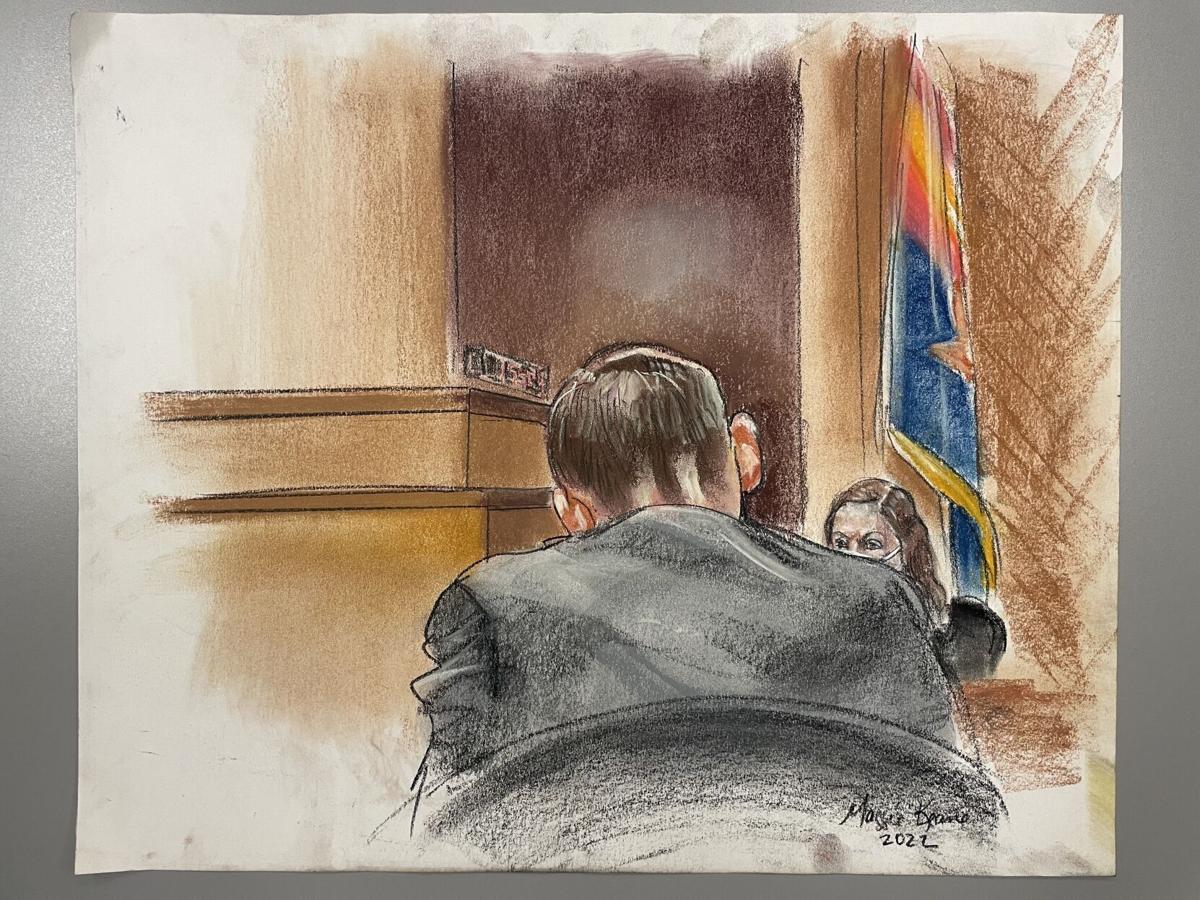Witnesses for accused killer Christopher Clements called into question the prosecution’s DNA and GPS evidence Tuesday, as his lawyers tried to raise doubt about the state’s case .
Clements, 40, is in his third week of trial in the kidnapping and killing of 13-year-old Maribel Gonzalez in June 2014.
He faces a second trial in February in connection with the kidnapping and death of 6-year-old Isabel Celis, who went missing from her bedroom in 2012. Both cases went unsolved for years until law enforcement leaders announced Clements’ arrest in September 2018.
The Pima County Attorney’s Office called 24 witnesses in their case against Clements, including forensic, DNA and cell phone tracking experts; several women who had previously been in relationships with Clements; law enforcement officers and the parents of several children whose photos were discovered on Clements’ computer.
People are also reading…
On Friday, Clements’ attorney, Joseph DiRoberto, called as his first witness forensic pathologist Dr. Rebecca Hsu. Hsu questioned the teen’s cause and manner of death, saying it was unclear if Maribel’s death was even a homicide.
The medical examiner who performed Maribel’s autopsy ruled that her cause of death was homicide by unspecified means, a determination that the state’s expert previously testified was based largely on the circumstances. Maribel’s body was found days after she disappeared on the way to a friend’s house, in a desert area in Avra Valley.
Hsu said she did not agree with the original findings, adding that heatstroke or a reaction to drugs or alcohol could have caused the teen’s death. She also took issue with the circumstances under which Maribel’s body was discovered, saying she’d be more likely to believe it was a homicide if the body had been better hidden.
On Tuesday, independent DNA analyst Dr. Michael Spence told the jury that the DNA evidence the state’s expert said linked Clements to Maribel’s body leaves room for doubt.
Spence also said that he was not able to independently test one of the two pieces of DNA evidence, saying that by the time it got to his lab, the sample was used up.
Deputy Pima County Attorney Tracey Miller questioned Spence’s experience and oversight, pointing out that while the Pima County medical examiner’s office and medical examiner’s are subject to accreditation checks, as an independent analyst, Spence is not.
Cell phone evidence disputed
Digital forensics examiner Carl Epps walked the jury through a series of slides showing his analysis of the movement and locations of Clements’ phone during the period of time between midnight and 2:30 a.m. on the day Maribel disappeared.
In his testimony for the state, cell phone tracking expert Sy Ray showed previously told jurors how Clements’ phone traveled from his house and around town, then back to his home before it headed north on Interstate 10. Ray said that from midnight to roughly 2:30 a.m., the phone pinged off cell towers in the Avra Valley area that covered the location where Maribel’s body was eventually found.
Epps said his findings differed from Ray’s, with his analysis showing that Clements may have been as far away as Red Rock, about 20 miles north from where Maribel’s body was found.
Epps also questioned Ray’s estimates of the various cell phone towers’ coverage areas, saying that based on the information he’d been provided, he was unable to say if the tower that Clements’ phone pinged off in Picacho Peak would be able to service the recovery area, as Ray’s estimate indicated.
DiRoberto rested his case after Epps’ testimony, with Clements telling the judge he’d decided not to testify in his own defense.
The trial resumes Wednesday, with closing arguments expected to take place in the afternoon.
Contact Star reporter Caitlin Schmidt at 573-4191 or cschmidt@tucson.com. On Twitter: @caitlincschmidt











